First of all, I would like to express my pleasure to be present in this gathering of intellectuals and scholars. I express my gratitude to the respected officials of the Institute of Strategic Studies of Islamabad, especially ambassador Sohail Mahmood, honorable DG and Ambassador Khalid Mahmood, honorable Chairman BOG ISSI.
Islamophobia is a phenomenon that has been there against Muslims since the advent of Islam. The main cause of opposition to Islam is the jeopardy of the interests of the arrogants of the time due to the justice seeking nature of Islam. Comparing the oppositions to Islam then and now, shows that the nature of the confrontation is constant, but the shape and manner is changed to deceive public opinions.
The logical and justice-seeking nature of Islam has made the enemies, to resort to defamation, slander and character assassination to intimidate people and human societies. This issue in our era, and with the explosion of the modern means of communication and different methods of propaganda, has given way to the phenomenon of Islamophobia.
The Organized and systematic use of Islamophobia against the Muslim population has turned it into a type of xenophobia or racist behavior, the embodiment of which can be seen in the genocide of the people of Gaza by the Israeli Regime. Islamophobia is a challenge and a threat to all of us as the members of the international community, As It gives legitimacy to racism and supremacism.so it contradicts with the fundamental principles of human rights and the international human rights.
To understand the roots of Islamophobia, a fundamental question must be raised and answered. By depicting a wrong image of Islam by the supporters of Islamophobia, What ‘interests’ would be gained by ‘who’? Islamophobia is a product of the history of western domination and utilitarianism. After the Cold War and the collapse of the Soviet Union, the West sought to create a plan to maintain its role in the developments of the world by creating security threats in the Middle East and West Asia. Therefore, by creating terrorism and attributing it to Islam and Muslims, tried to achieve its objectives.
This approach both expanded terrorism in the region, and depicted a negative image of Islam by encouraging the waves of Islamophobia. Now, by highlighting the violent actions of terrorists, the designers of Islamophobia are trying to portray Islam as a static, unchanging, violent, threatening movement engaged in the clash of civilizations.
Geopolitical manipulations through creating regional conflict nexus, supporting, supplying and arming terrorism, preventing sustainable development, non-recognition of the independent identities, material and spiritual poverty and promoting liberal-democracy values are the among the grounds for the growth of Islamophobia.
During the past years, effective measures have been taken by the Islamic countries, especially the Islamic Republic of Iran and the Islamic Republic of Pakistan, to combat the phenomenon of Islamophobia. I would like to appreciate the efforts of the government and people of Pakistan to present a positive image of the Muslim world. It is a matter of pride that Iran and Pakistan are among the pioneers of combating Islamophobia in the world.
By the proposal of Pakistan and with the efforts of the Islamic countries including I.R. Iran, the United Nations General Assembly marked March 15th as the International Day to Combat Islamophobia. Iran and Pakistan have great cooperation and interaction in the international organizations on the issue of Islamophobia.
The Islamic Republic of Iran’s exercise of the Diplomacy of Unity with the approach of dialogue between religions had a significant impact on creating a positive image of Islam and combating Islamophobia.
Markind July 6th as the Day of Honoring the Holy Quran in Pakistan was a worthy measure to deal with Islamophobia, and the embassy of I.R. Iran issued a statement supporting this initiative.
In addressing the waves of Islamophobia, appropriate measures need be planned in two dimensions from within and without the Muslim world. Some of the solutions are as following:
➢ Tolerance while facing opposite ideas and opinions;
➢ Promotion of the common Muslim world media handles in order to positively represent the face of the Muslim world;
➢ Interaction between Islamic and non-Islamic centers to create common understanding;
➢ Strengthening interactions within the Muslim World Civilization in order to weaken and marginalize extremism;
➢ Dialogue within the Muslim world and dialogue between the Muslim world and outside;
➢ Strengthening Unity and Rapprochement Diplomacy;
➢ Appointing a special envoy of the Organization of Islamic Cooperation on Islamophobia (based on the 48th meeting of the Council of Ministers of Foreign Affairs of OIC in Islamabad);
➢ Combating the Zionist regime due to the desecration of the Holy Quran and Al-Aqsa Mosque;
➢ Preventing the presentation of the extremists as the tribune of Islam or symbols of Islam;
➢ Fighting extraterritorial and cross-border terrorism through joint cooperation;
➢ Combating religious violence through criminalization in the legal and judicial systems of countries;
➢ Providing direct knowledge of Islam through reliable sources especially the Holy Quran;
finally, One of the important aspects of Global Solidarity to combat Islamophobia is increasing recognition and awareness and increasing people-to-people contact. This is because sometimes the anti-religious currents prevent the formation of public awareness for a correct understanding of divine religions, and this factor of ignorance increases the wave of Islamophobia.
In the end, I emphasize that today, terrorism and Islamophobia are common pains of Iran, Pakistan and the whole Muslim world. However, combating it, is the common interest of the entire international community, because due to the spread of discrimination, hatred and violence, Islamophobia has become a common threat to the entire human community.
Once again, I appreciate you for inviting me to this distinguished gathering.

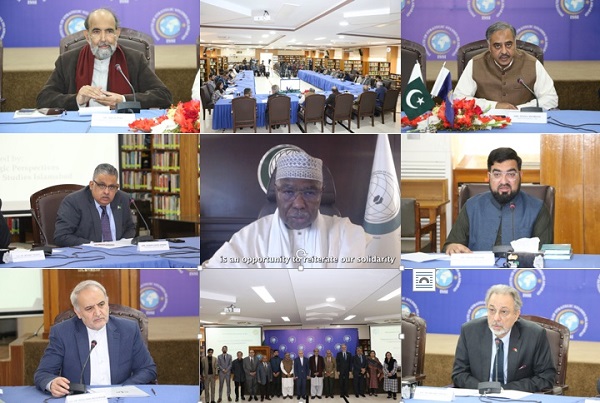
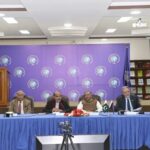
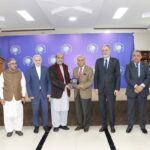

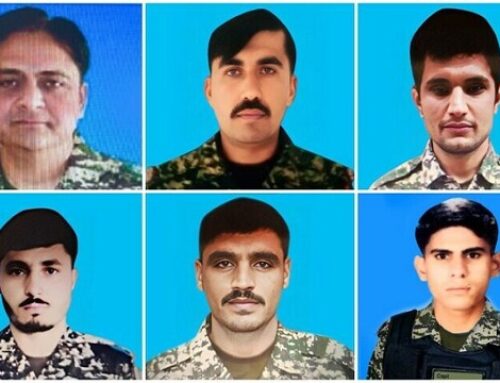
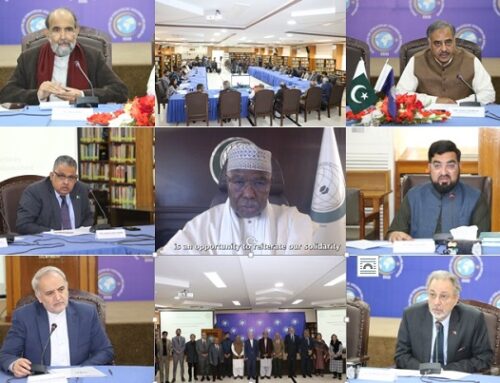
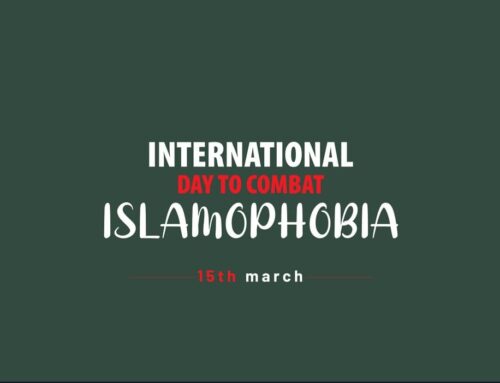

Leave A Comment